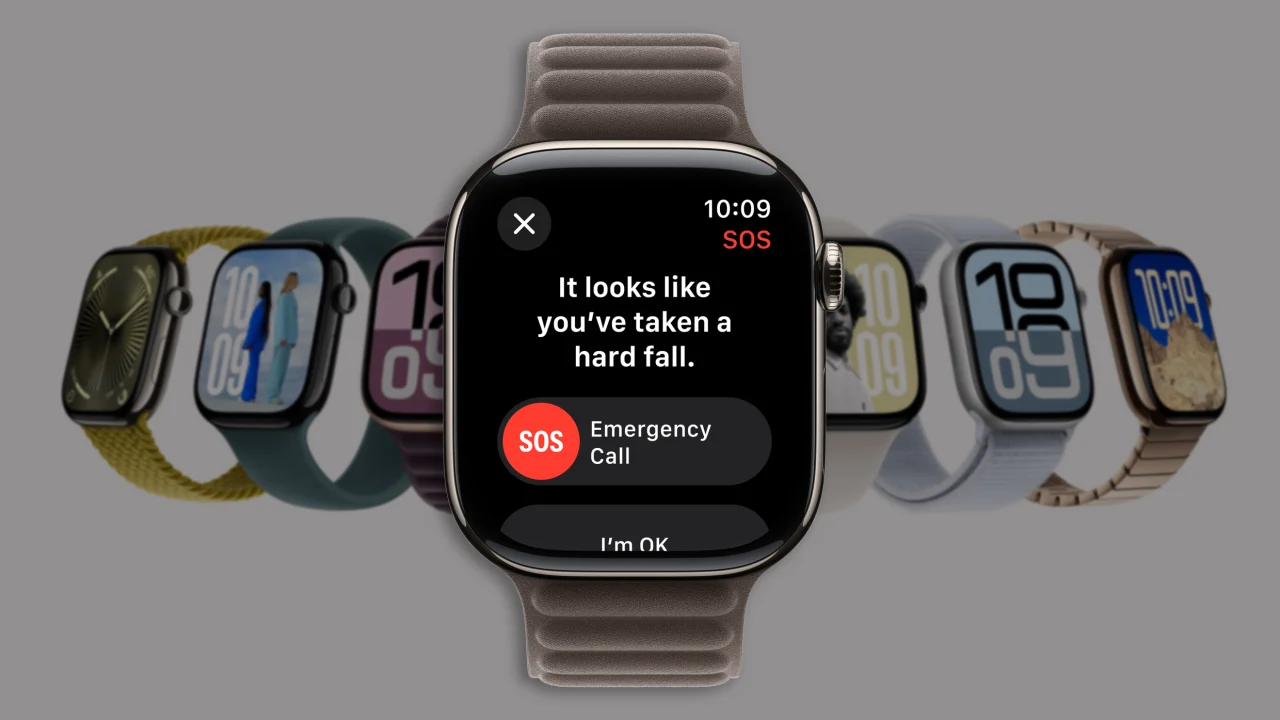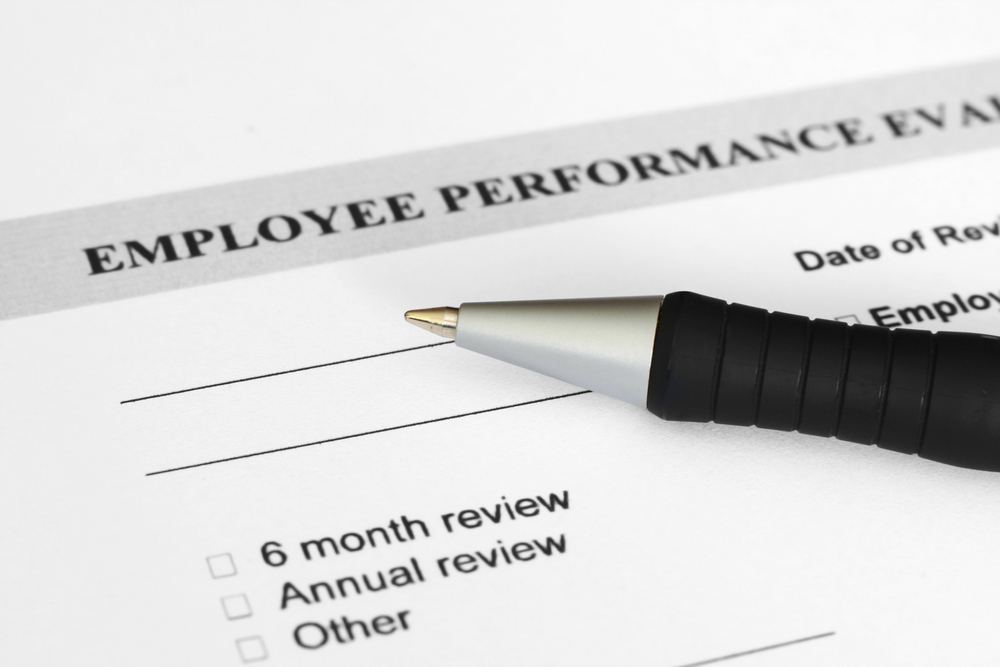Apple Watch is the perfect technology for senior care. Here’s how it could be even better
This week, alongside the new iPhone 16 series of phones, Apple unveiled the new Apple Watch Series 10. The new smartwatch comes in a beautiful jet-black gloss finish, has the largest display and thinnest body of any Apple Watch ever, and adds a useful new health tool: sleep apnea detection. It’s the Apple Watch I would recommend that anyone buy for themselves or their children. But for an older person, or someone caring for a senior family member—that’s a tougher call. I still think Apple isn’t nearly as focused on elderly users as it could be, and the tenth edition of the Apple Watch only helps solidify my opinion. Apple Watch is useful for seniors—until it’s not Before I voice my concerns about how I believe the Apple Watch is leaving some elderly users behind, it is important to note that age is never a reliable indicator of technical prowess. I know some people in their 80s who are iPhone masters and some people in their 30s who can’t navigate an Apple TV. But I also know many older people who find tech gadgets like the iPhone and Apple Watch more difficult to use than younger individuals who grew up with these gadgets in their hands. This is especially true of the iPhone, but it’s also true with the Apple Watch. The Apple Watch has some amazing health features built into it that can literally be lifesaving, especially for elderly people who are more at risk of accidents or conditions due to their advanced age. For example, the Apple Watch’s excellent Fall Detection feature can alert emergency services and loved ones when, for example, your grandma has taken a spill. This could enable her to get help right away, making it more likely that she won’t become one of the tens of thousands of older adults in the U.S. who die from fall-related injuries every year. (Centers For Disease Control data shows that 38,742 older adults suffered unintentional fall-related deaths in 2021 alone.) And the Apple Watch goes further than that. Its walking steadiness monitoring can actually alert elderly users to the fact that they may be at greater risk of falling. Other health features, including heart rate monitoring, ECG capabilities, and respiratory rate tracking, can also give them a heads-up that they should seek medical advice or attention. The problem is these incredible health and safety features only work as long as the battery lasts. For seniors, the Apple Watch can go from lifesaving to useless in a second I can’t tell you how many conversations I’ve had with my friends who say they bought their elderly parent an Apple Watch so that they would know if their parent falls. They told me their parent loved the gift and said how beautiful the watch was, and even put it on and wore it. But, inevitably, when I ask weeks or months later how their parent is enjoying the Apple Watch, most of my friends say the same thing: “Honestly, they forget to charge it at night, so they don’t use it regularly.” This is the biggest problem with the Apple Watch when it comes to its health monitoring features: It needs to be charged daily, because it only has an 18-hour battery life (or 36 hours in low power mode). Remembering to charge your watch every day or day and a half doesn’t come easily to many elderly users I’ve known. Throughout their lives, watches lasted years on a single battery. Recharging a wrist-worn device every night just isn’t second nature to them. And when the Apple Watch runs out of battery, it’s just a tiny, shiny black mirror on their wrist—that’s it. It won’t alert emergency services or anyone else if the wearer falls. Apple needs to make an Apple Watch ‘Health’ with a monthslong battery life I know, I know . . . it sounds silly of me to suggest that Apple should make an Apple Watch with a much longer battery life. As if Apple has never thought of this, right? I know that Apple, like every other company in the world, can only do so much. The beautiful display requires a lot of energy to run, and in a device as small as the company’s smartwatch, there’s only so much battery they can pack in. So then, why not release an Apple Watch with a less advanced display that could last months? This would be achievable if Apple used an e-ink display (the kind of display found on many e-book readers). In addition to the e-ink display, Apple could get rid of the apps and services most people who buy the device for its health features don’t use anyway—such as media streaming and messaging. Finally, simplify the interface so that the Apple Watch is easy for even a non-techie to navigate (another complaint from my friends is that their elderly parents find the Apple Watch UI too confusing). Now package this all together with Fall Detection, Heart Rate Monitoring, Walking Steadiness Monitoring, and Respiration Tracking and call it the “Apple Watch Health.” You will have me buying this watch immediately for every elderly person I love.

This week, alongside the new iPhone 16 series of phones, Apple unveiled the new Apple Watch Series 10. The new smartwatch comes in a beautiful jet-black gloss finish, has the largest display and thinnest body of any Apple Watch ever, and adds a useful new health tool: sleep apnea detection.
It’s the Apple Watch I would recommend that anyone buy for themselves or their children. But for an older person, or someone caring for a senior family member—that’s a tougher call. I still think Apple isn’t nearly as focused on elderly users as it could be, and the tenth edition of the Apple Watch only helps solidify my opinion.
Apple Watch is useful for seniors—until it’s not
Before I voice my concerns about how I believe the Apple Watch is leaving some elderly users behind, it is important to note that age is never a reliable indicator of technical prowess. I know some people in their 80s who are iPhone masters and some people in their 30s who can’t navigate an Apple TV.
But I also know many older people who find tech gadgets like the iPhone and Apple Watch more difficult to use than younger individuals who grew up with these gadgets in their hands. This is especially true of the iPhone, but it’s also true with the Apple Watch.
The Apple Watch has some amazing health features built into it that can literally be lifesaving, especially for elderly people who are more at risk of accidents or conditions due to their advanced age.
For example, the Apple Watch’s excellent Fall Detection feature can alert emergency services and loved ones when, for example, your grandma has taken a spill. This could enable her to get help right away, making it more likely that she won’t become one of the tens of thousands of older adults in the U.S. who die from fall-related injuries every year. (Centers For Disease Control data shows that 38,742 older adults suffered unintentional fall-related deaths in 2021 alone.)
And the Apple Watch goes further than that. Its walking steadiness monitoring can actually alert elderly users to the fact that they may be at greater risk of falling. Other health features, including heart rate monitoring, ECG capabilities, and respiratory rate tracking, can also give them a heads-up that they should seek medical advice or attention.
The problem is these incredible health and safety features only work as long as the battery lasts.
For seniors, the Apple Watch can go from lifesaving to useless in a second
I can’t tell you how many conversations I’ve had with my friends who say they bought their elderly parent an Apple Watch so that they would know if their parent falls. They told me their parent loved the gift and said how beautiful the watch was, and even put it on and wore it. But, inevitably, when I ask weeks or months later how their parent is enjoying the Apple Watch, most of my friends say the same thing: “Honestly, they forget to charge it at night, so they don’t use it regularly.”
This is the biggest problem with the Apple Watch when it comes to its health monitoring features: It needs to be charged daily, because it only has an 18-hour battery life (or 36 hours in low power mode). Remembering to charge your watch every day or day and a half doesn’t come easily to many elderly users I’ve known. Throughout their lives, watches lasted years on a single battery. Recharging a wrist-worn device every night just isn’t second nature to them. And when the Apple Watch runs out of battery, it’s just a tiny, shiny black mirror on their wrist—that’s it. It won’t alert emergency services or anyone else if the wearer falls.
Apple needs to make an Apple Watch ‘Health’ with a monthslong battery life
I know, I know . . . it sounds silly of me to suggest that Apple should make an Apple Watch with a much longer battery life. As if Apple has never thought of this, right? I know that Apple, like every other company in the world, can only do so much. The beautiful display requires a lot of energy to run, and in a device as small as the company’s smartwatch, there’s only so much battery they can pack in.
So then, why not release an Apple Watch with a less advanced display that could last months? This would be achievable if Apple used an e-ink display (the kind of display found on many e-book readers). In addition to the e-ink display, Apple could get rid of the apps and services most people who buy the device for its health features don’t use anyway—such as media streaming and messaging.
Finally, simplify the interface so that the Apple Watch is easy for even a non-techie to navigate (another complaint from my friends is that their elderly parents find the Apple Watch UI too confusing). Now package this all together with Fall Detection, Heart Rate Monitoring, Walking Steadiness Monitoring, and Respiration Tracking and call it the “Apple Watch Health.” You will have me buying this watch immediately for every elderly person I love.






















